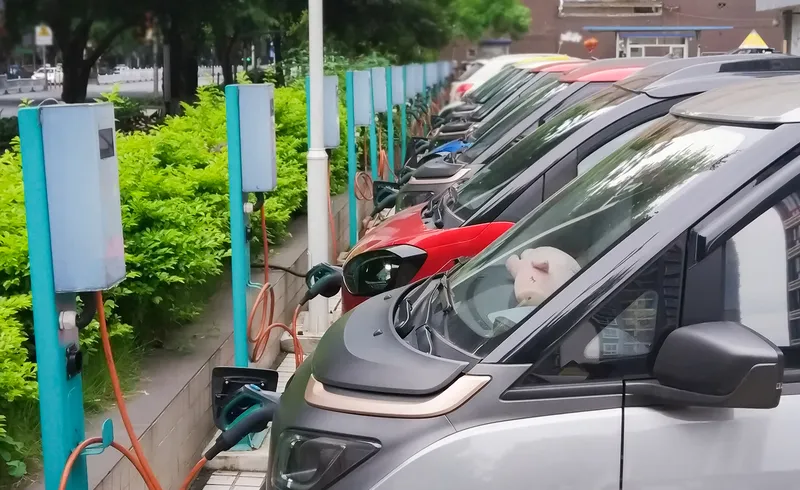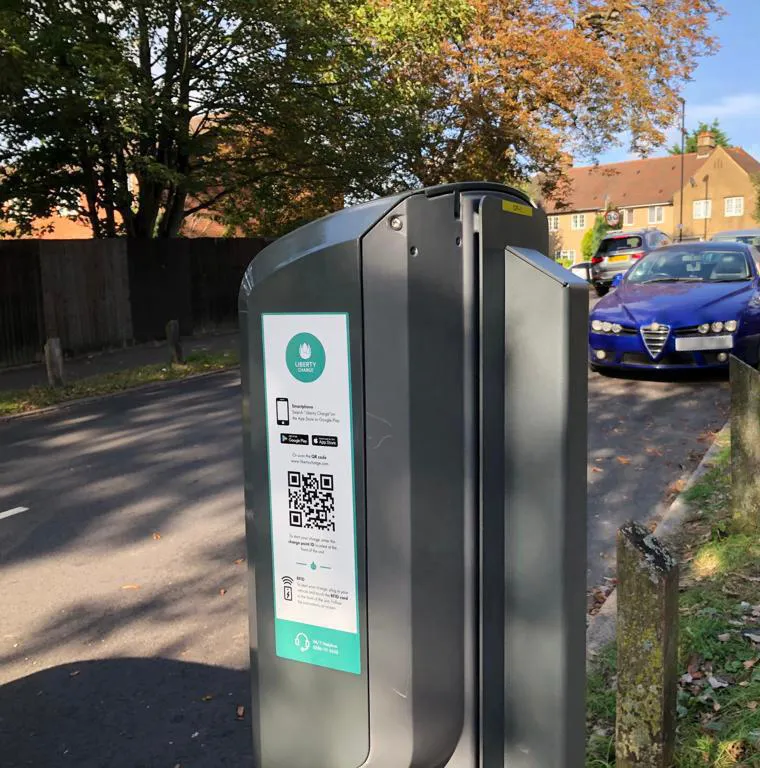The Volkswagen Group is to become a shareholder in the Hubject eRoaming electric vehicle (EV) charging platform and plans to push ahead with the digital interconnection of charging stations for EVs, starting in early 2017.
Hubject, founded in 2012 by BMW, Bosch, Daimler, EnBW, innogy and Siemens, provides EV drivers with easy access to charging stations as well as payment solutions. Almost 40,000 charge points on three continents are already available on the platform.
In 2013, Hubject launched ‘inter
December 16, 2016
Read time: 1 min
The 994 Volkswagen Group is to become a shareholder in the 8444 Hubject eRoaming electric vehicle (EV) charging platform and plans to push ahead with the digital interconnection of charging stations for EVs, starting in early 2017.
Hubject, founded in 2012 by1731 BMW, 311 Bosch, 2069 Daimler, EnBW, innogy and 189 Siemens, provides EV drivers with easy access to charging stations as well as payment solutions. Almost 40,000 charge points on three continents are already available on the platform.
In 2013, Hubject launched ‘intercharge’, which offers a charging infrastructure across Europe and enables EV car owners to charge their car at any charging station compatible with intercharge.
Hubject, founded in 2012 by
In 2013, Hubject launched ‘intercharge’, which offers a charging infrastructure across Europe and enables EV car owners to charge their car at any charging station compatible with intercharge.










